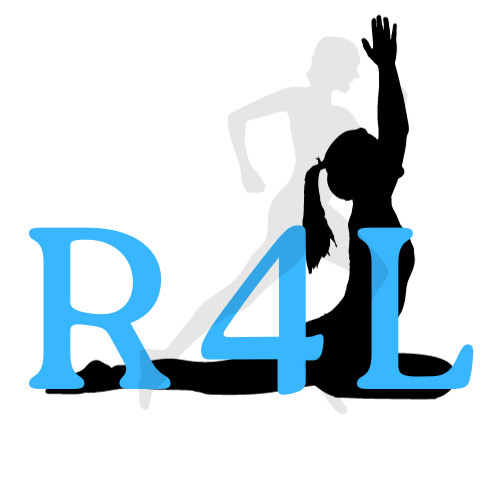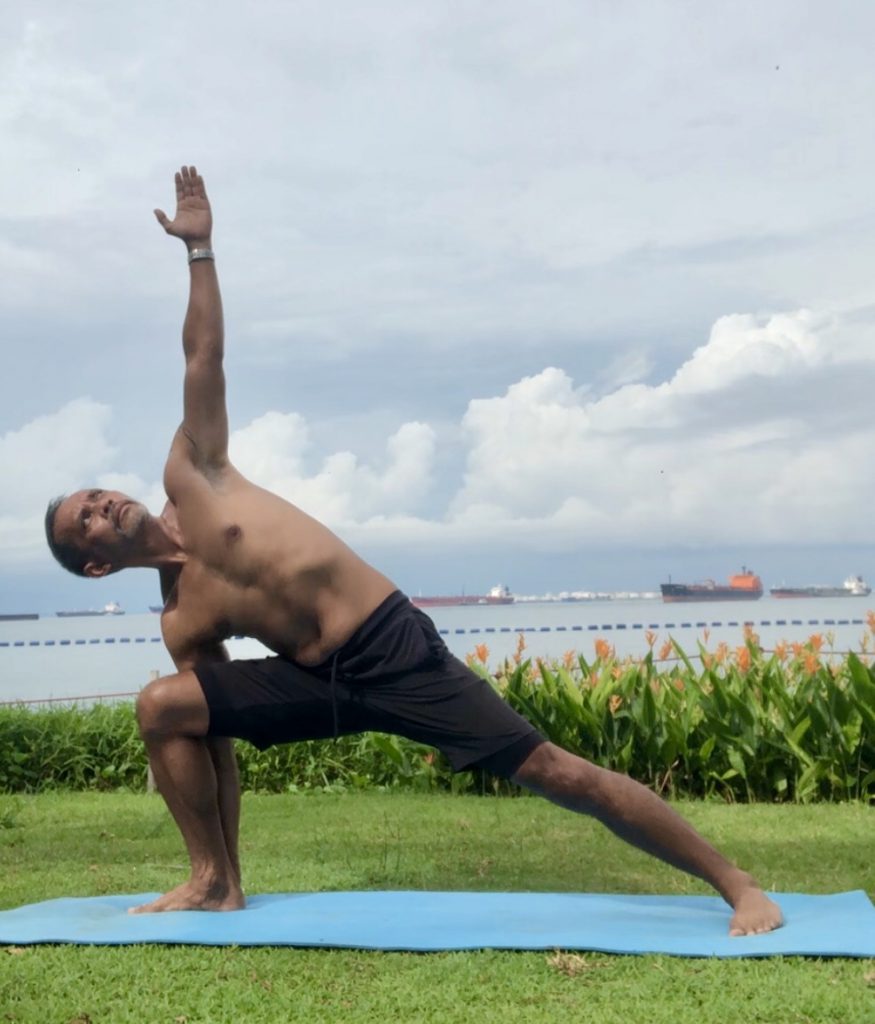Yoga and running, to most people are two mutually exclusive past times. For me, however, practicing yoga, has helped me, not only in my running pursuits, but also in my general well being.
Following from my previous post, Yoga and Runners in this instalment, I will detail why and how yoga asanas benefit runners in recovery process and what asanas runners should perform for their active recovery.
As runners we want to recover from our runs as quickly as possible so that we can carry on with our other activities, become stronger and enjoy our next run session quicker. How then do we that?
Stretching the muscles as you do in yoga poses restore muscle elasticity and remove pooled blood that has accumulated in the muscles back into the blood circulatory system. As we stretch, blood vessels are subjected by peristaltic waves thus flooding the muscles with fresh blood and removing the pooled ones and lactic acid along with it. Fresh blood brings essential nutrients for the muscles recovery.
There are two ways in which yoga can help in the active recovery process. Firstly in immediate recovery. This is immediate post run mobility poses and stretches. The focus in immediate recovery is to restore the body to pre run state, returning the body to full mobility, usually this takes 5-10 minutes. Secondly the recovery session. The recovery session is usually performed as a separate session with deeper longer stretches. The objective of the this deeper stretch session is to relieve tightness in the muscles, especially the hamstrings and to restore muscle elasticity and joint flexibility.
I find that the following primary poses are beneficial in the immediate recovery, performed at the end of a run. The mountain pose, the standing forward fold, the triangle pose, the wide legged standing forward fold, the downward dog, the tree and savasana. These primary poses targets the muscle groups that are used while running. The hamstrings and quadriceps being the largest muscle groups. Performing these poses immediately post run will restore your muscles to its pre run state, giving you full mobility, removes lactic acid out of your muscles and setting you up perfectly for full recovery. A recovery meal should follow.
The recovery session should be performed on a day that you are not running. Hatha yoga sequences are especially beneficial in this respect. Poses are held longer, between 12-15 breaths, so that the muscles are deeply stretched. Heart rate does not go much higher than resting. Breathing is deliberate and through the belly. All of which encourages the muscles to relax, be stretched, improving muscle elasticity and loosening the tightness.
I find a sequence comprising these poses; uttanasana, prasarita padottanasana, padanggustasana, trikonasana, parivrtta pashvakonasana, janursirsasana, eka pada rajakapotasana, baddha konasana, is sufficient to give me a good stretch. And if your ITB is giving you a problem, eka pada rajakapotanasana will relieve it.
As always, attend a class so a teacher can guide you.
Yin yoga stretches are also good but, I would reserve this for after long runs or a race. A passive practice, Yin Yoga involves variations of seated and supine poses typically held for 3 to 5 minutes, accessing deeper layers of fascia. This practice is best done with a teacher or coach to ensure you stretch correctly and achieve deep stretches when the coach adjusts you. Also an aspect of yin yoga is the ambience, which is designed to enhance relaxation, so going to yin yoga studio is what I would recommend.
Yoga poses are beneficial for runners’ recovery. An immediate post run sequence of poses which lasts for 10-15 minutes with shorter hold will restore you to pre run state. While a longer, more relaxed hatha or yin yoga class on a non running day will ease out the tight muscles.
Read about how yoga helps to build muscle strength and endurance for runners in my next post.


2 thoughts on “Active Recovery with Yoga”